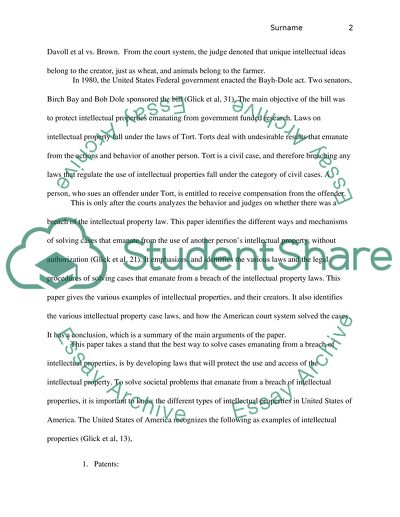Cite this document
(Intellectual Property Damages Guidelines and Analysis Case Study, n.d.)
Intellectual Property Damages Guidelines and Analysis Case Study. Retrieved from https://studentshare.org/law/1463505-intellectual-property-torts
Intellectual Property Damages Guidelines and Analysis Case Study. Retrieved from https://studentshare.org/law/1463505-intellectual-property-torts
(Intellectual Property Damages Guidelines and Analysis Case Study)
Intellectual Property Damages Guidelines and Analysis Case Study. https://studentshare.org/law/1463505-intellectual-property-torts.
Intellectual Property Damages Guidelines and Analysis Case Study. https://studentshare.org/law/1463505-intellectual-property-torts.
“Intellectual Property Damages Guidelines and Analysis Case Study”, n.d. https://studentshare.org/law/1463505-intellectual-property-torts.


